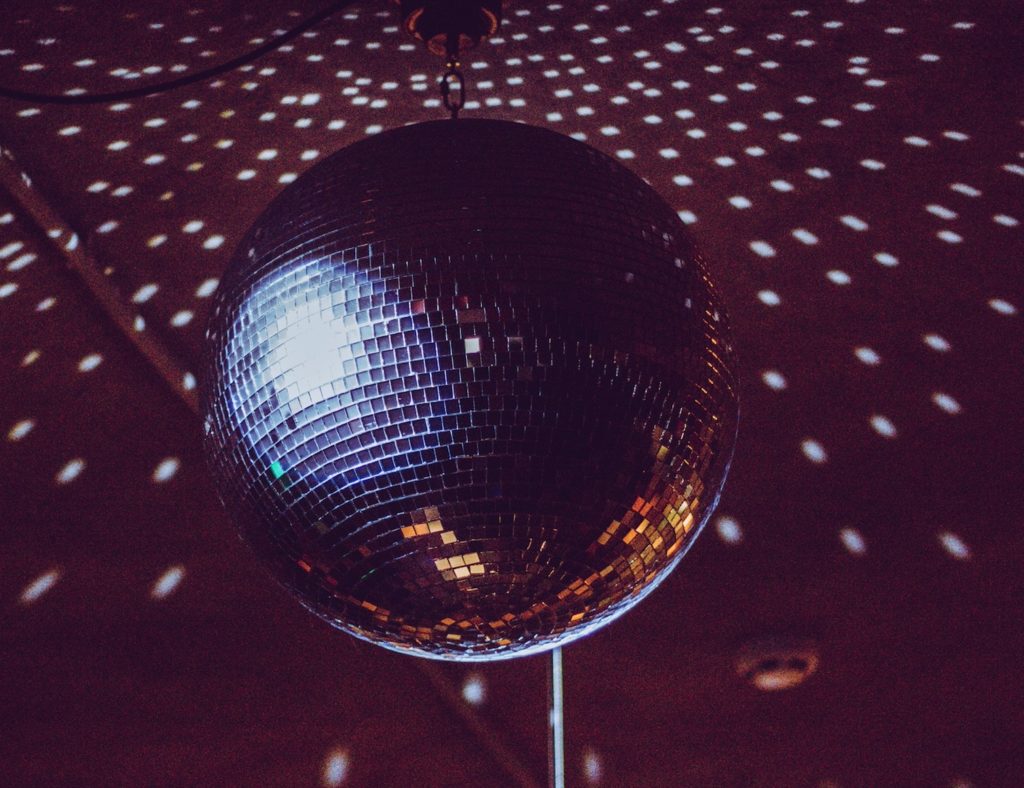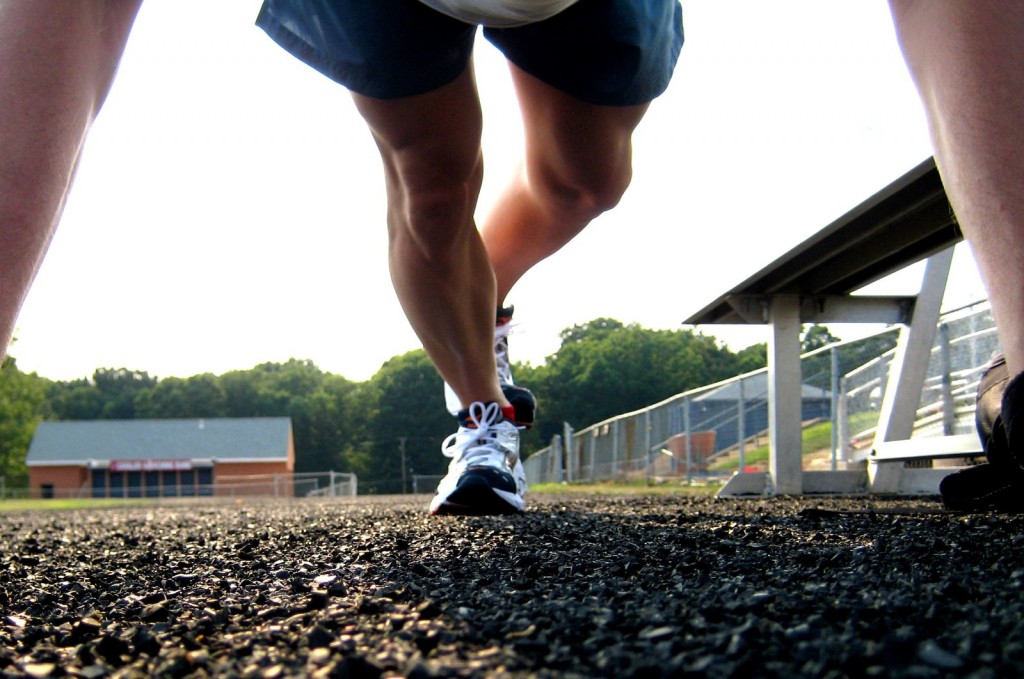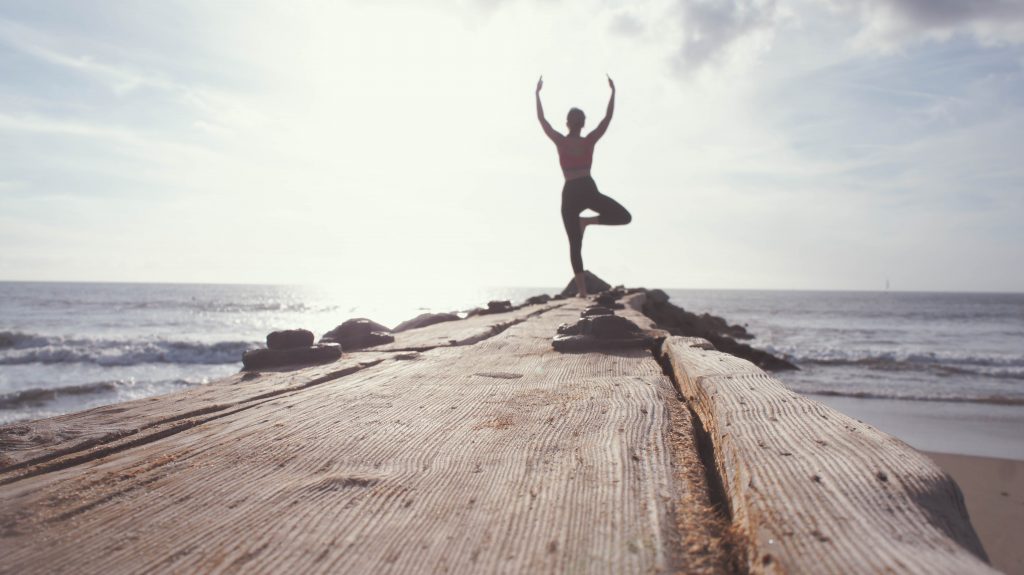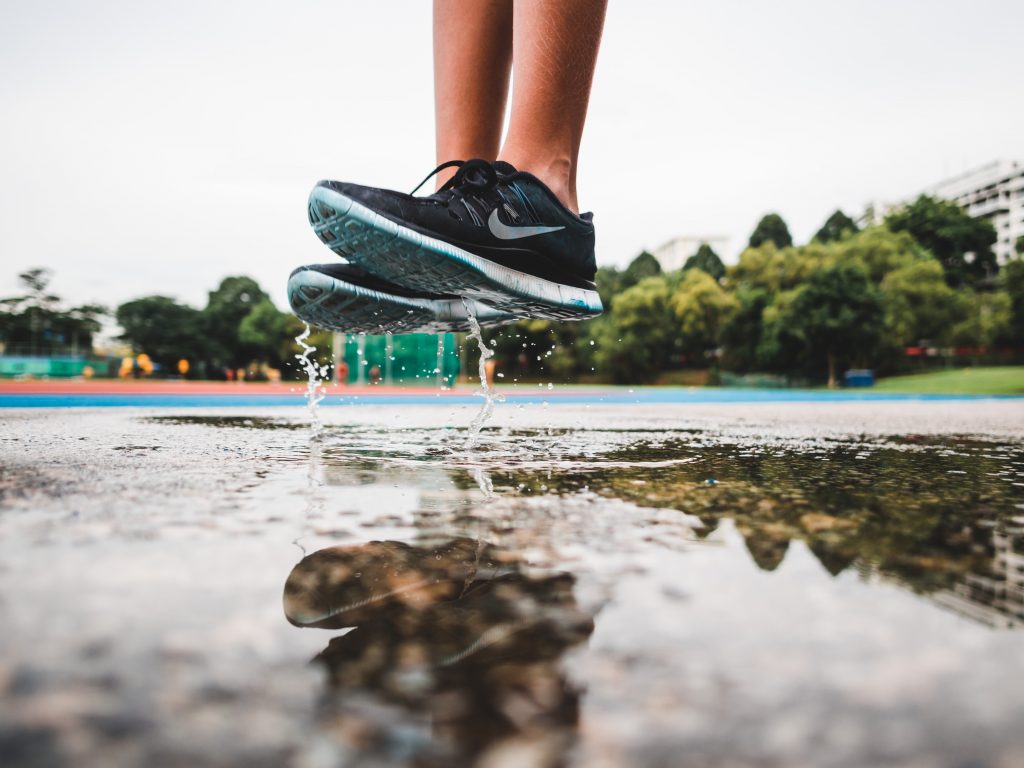
Which Stretches Are Most Beneficial Before Going on a Walk?
Photo Credit: Rob, via Flickr Creative Commons
The question presumes that you need to stretch before you walk, but do you?
When doing any kind of stretching, your breath is your best friend.
Most of the data about stretching and exercise is from studies on performance athletes: runners, competitive sport participants, and military recruits. These people are clearly challenging themselves more than your average walker.
If you pool the data from these studies, they show little to no benefit to stretching before moving. Most show mild benefit to starting exercise slowly. Many show modest benefit to stretching afterwards.
Here is where science meets common sense. The science is not convincing one way or the other. If you like to stretch before working out, keep doing it. If you do not, then you don’t have to. If you were to choose one time to stretch, it appears that after your walk is likely a little better.
Some of the muscles that are most important to stretch are the muscles of the thigh, calf, and hips. It is also helpful to have strong stomach muscles to help support your lower back.
Three Minute Stretch
So, here is a powerful three to five minute stretching routine for walkers.
Standing
QUADS: these are the big muscles in the front of the leg. Bend your knee and reach to grab the ankle. Hold it and take three deep breaths. Then do the other side.
HAMSTRINGS: forward bend at the waist and let your torso hang, if you need to, you can bend your knees slightly. Hold it and take three deep breaths. This is the simplest way to stretch your hamstrings.
CALVES: placing your hands against a wall, feet spread hip distance apart, step one leg back and bend the front knee. Reach the heel of the back leg down to stretch the calf. Hold it and take three deep breaths. Then switch sides.
Sitting
PIRIFORMIS: Sit with the ankle of one foot over the knee of the other and bend forward leading with the chest, feel the stretch in the outer part of your thigh/buttocks. Hold and take three deep breaths, then switch sides.
LOW BACK TWIST: sit comfortably with both feet on the ground and your knees bent. Reach your right arm to the outside of your left knee and twist to the left keeping your head and chest up. Hold and take three deep breaths, then switch sides.
LYING: lying on the ground with knees bent and hands on the space below the belly button, lift your shoulders off the ground and tighten the muscles under your fingers. Just come up enough to get your shoulders and mid-back off the ground. Then relax and lower slowly. Do as many of these as you can until tired.
LEGS UP ON THE WALL: for many this feels incredibly relaxing and it helps bring the blood that may be pooling in the legs back into the circulation.
General Stretching Guidelines
When doing any kind of stretching, your breath is your best friend. Exhale when you are going into a stretch and breathe deeply while you hold a stretch. Hold each stretch for three deep breaths. Do not strain or bounce. Go to the point where your stretch just barely touches into pain and then breathe there. Do not do any stretch that is painful.
Customizing Your Stretch
Is one side of your body tighter then the other? If so I recommend starting with the side that is tight and finishing with that same side (so you get an extra stretch in on that side).
Is a muscle group tighter than another? If it is a group of muscles (like say your hamstrings) then start your routine with the hamstrings and then finish your routine with the hamstrings.
As you get to know your body you can add or subtract movements as you like.
Quick Summary
Walking is great exercise.
The recommendation to stretch before exercise to prevent injury and soreness, though commonly practiced, does not have enough data for or against it.
What I recommend is that if you like to stretch before walking then please do, but you will likely get more benefit by starting to walk slowly and stretch after.
The best muscles to stretch are the ones that are most likely to cause you issues: hamstrings, quads, calves, piriformis, and low back.
Remember to strengthen muscles too, like your abdominals; they help support your lower back.
The best routine is one that you will do.
If you like to stretch before exercise please do so, otherwise just start slow and build up speed as you go and then do your stretching afterwards. Use this simple routine to help you keep walking happily ever after.









